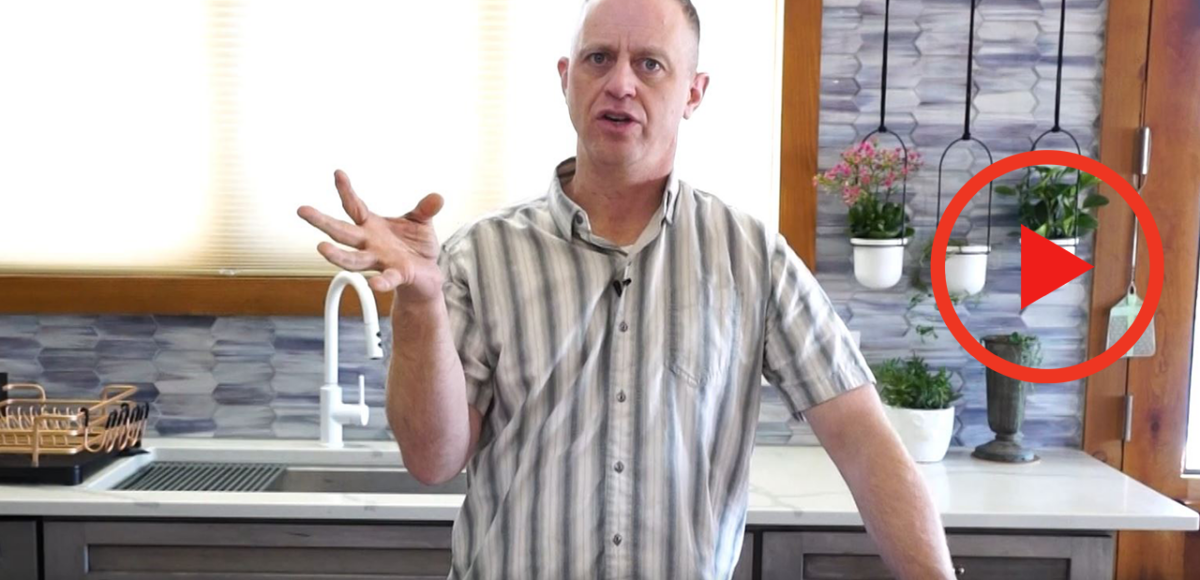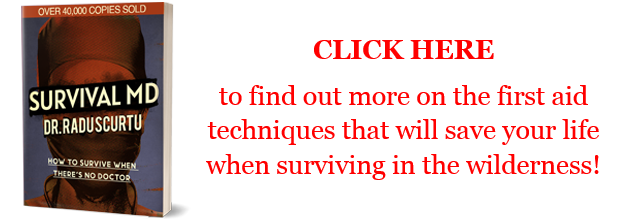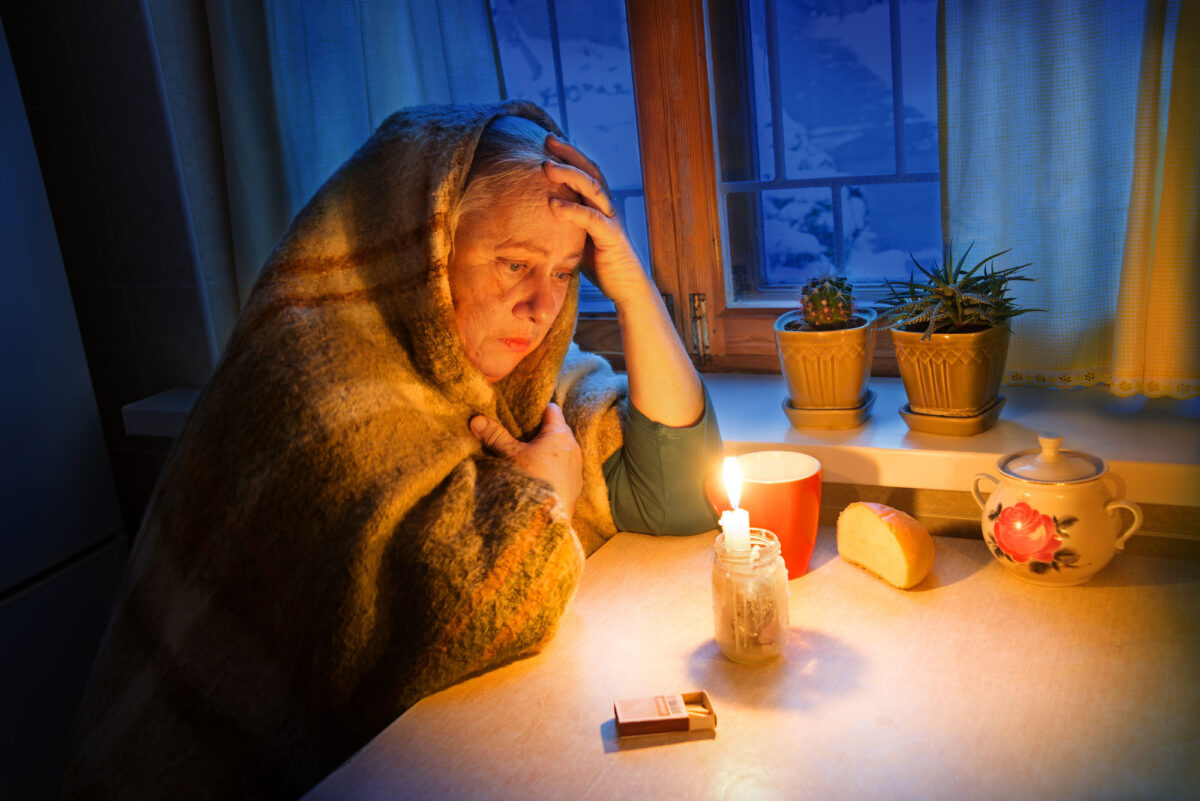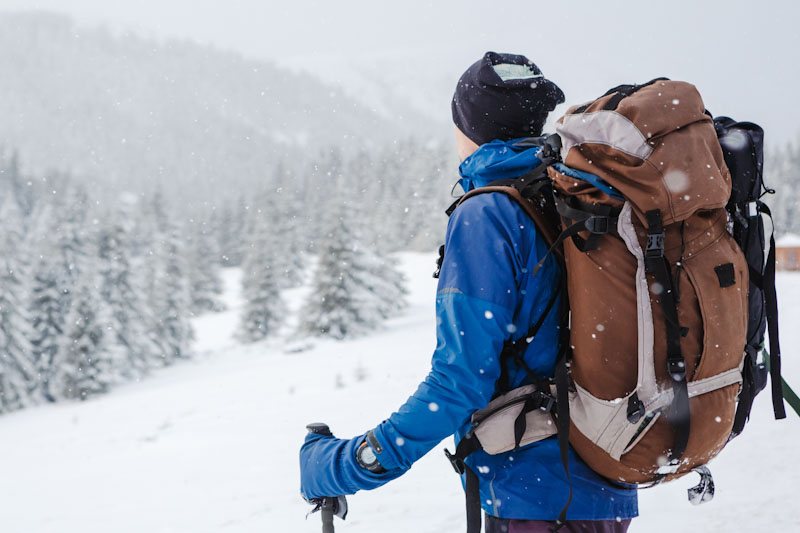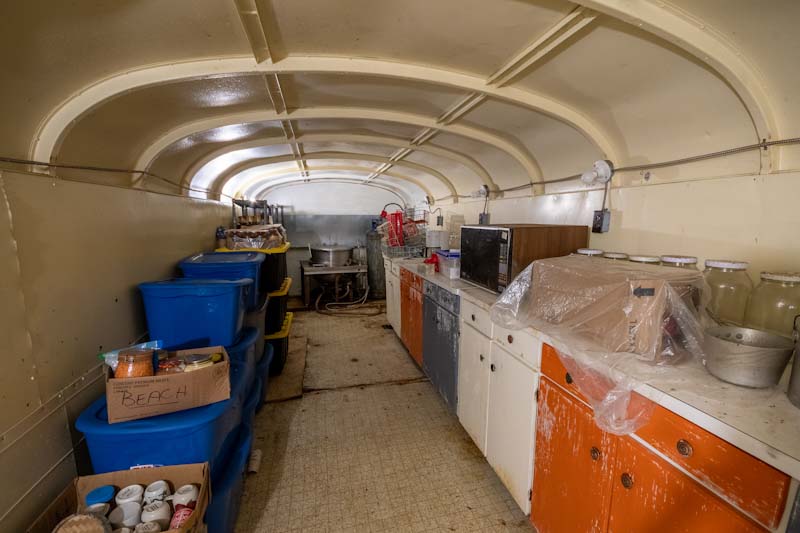We should all know that shelter is the most critical priority in survival. Why is this? Because without shelter, our bodies do a pretty terrible job of regulating our temperature on both ends of the spectrum.
In even mild temperatures, wet clothes, wind, or prolonged exposure can wreak havoc on our biological symptoms. Likewise, extended exposure to the sun can cause overheating, and not only in desert environments. And of course, extreme cold can quickly incapacitate an individual that isn’t prepared or able to help their body stay warm.
In this video, Tyler discusses what Survival MD: What to Do When There’s No Doctor says about both hyper and hypothermia.
You are probably more familiar with the latter of those two terms. Hypothermia is when the body dips below its ideal temperature range. Normally 98.6 degrees Fahrenheit, but it’s worth noting there are some slight exceptions. After a drop of only a few degrees, the body begins to lose consciousness, and organ failure soon follows.
On the other hand, hyperthermia is when the body’s temperature climbs over 100 degrees Fahrenheit. Damage can be done when the body enters this state of hyperthermic shock. These high internal temperatures can be caused by a hot environment, overexertion without hydration, and in reaction to a severe infection.
Tyler covers a number of tests and diagnostic measures that you can use to determine if you, or your patient, are entering into either of these detrimental states. He also covers some basic principles about how blood plays a major part in temperature regulation and how to use that to your advantage when treating these conditions.
Don’t miss this video and others in this series. Check out the Survivopedia YouTube channel by clicking the video in this post.
Disclaimer: The content of this book is for informational purposes only and is not intended to diagnose, treat, cure, or prevent any condition or disease. You understand that this book is not intended as a substitute for consultation with a licensed practitioner. Please consult with your own physician or healthcare specialist regarding the suggestions and recommendations made in this book. The use of this book implies your acceptance of this disclaimer. The publisher and the author make no guarantees concerning the level of success you may experience by following the advice and strategies contained in this book, and you accept the risk that results will differ for each individual.


